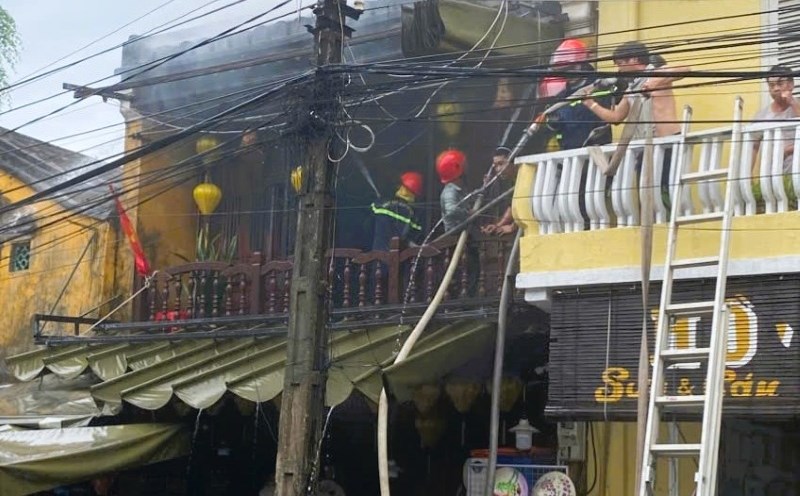The combination of unmanned aerial vehicles (UAVs) and AI is reshaping the landscape of modern conflicts, creating great pressure on countries that still depend on traditional weapons systems. No longer an expensive, manned weapon, the compact, low-cost and easy-to-deploy UAV is becoming the focus of the new military strategy.
In Ukraine, the conflict with Russia shows the superior effectiveness of UAVs in the real combat environment. In the attack on Russian air bases on June 1, Ukraine deployed up to 117 UAVs.
Although it is largely intercepted due to dependence on remote control signals, the situation will change completely if these devices are equipped with AI - allowing thousands of autonomous UAVs to operate independently with superior destructive capabilities.
AI turns UAVs into weapons that cannot be underestimated. Without radio signals, autonomous UAVs can avoid radar, locate targets and make immediate tactical decisions. This is a step that makes it difficult for UAVs to be disabled, while paving the way for large-scale and precise frontline attacks, beyond human control.
The rapid development of low-cost AI chips contributes to expanding the scale of smart UAV weapons. Although chips like Nvidia are still priced in at tens of thousands of dollars, the need to commercialize AI on mobile devices is driving down the cost, increasing the ability to produce autonomous UAVs at low costs.
Ukraine is building a groundbreaking UAV ecosystem, directly connecting frontline forces with development teams to shorten production time to just a few weeks, with a plan to produce more than 4 million UAVs this year.
In contrast, the arms research and procurement processes in the US and NATO are still cumbersome and inexorable.
Not only in conflicts between countries, AI- embedded UAVs also pose a risk of being abused by terrorist organizations.
While the world still lacks a treaty on AI arms control, countries that are slow to adapt to UAV technology are facing the risk of falling behind. In modern conflicts, intelligence and adaptive speed will be the decisive factor, not the number of soldiers or traditional equipment.











